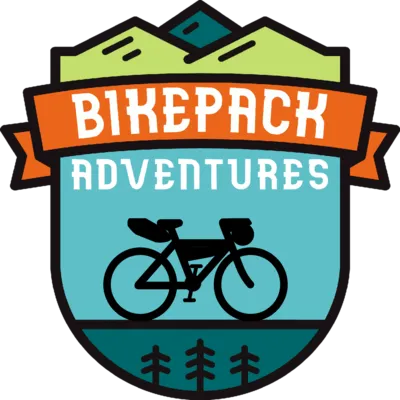 Bikepack Adventures
Bikepack AdventuresThis route can effectively be divided into two sections. The portion north of Highway 7 is the most difficult, with greater elevation gains and more technical dirt roads and doubletrack. At the same time, the northern section provides access to a number of Crown Land camping options, allowing for shorter days in the saddle. Meanwhile, the section south of Highway 7 follows mostly well-maintained dirt and foregoes steep climbs in favour of flowing gravel roads. Which is fortunate as bigger mile days will be required, as riders will be more dependent on the availability of public campgrounds, which can be few and far between. While the southern section of the loop can be ridden on 35mm tires, the suggested width for the northern section is 45mm.

Adrian Grant of www.ridegravel.ca

The Full Frontenac XL can be tackled using either a drop-bar gravel bike or a rigid mountain bike, with the latter providing the most comfort on the rougher trail sections.
This route is predominantly in the Frontenac Highlands and is quite remote and off the beaten path.
Although the route itself is not that technically difficult, those completing the full route will find it provides just the right amount of physical challenge. While riding North of Hwy 7, the more technical riding will require greater strength on your part. Pair that with the minimal opportunities to resupply and you will find you are carrying quite a bit of weight in food and water. When south of Hwy 7, it’s easier going, but will still challenge your legs to keep going, particularly if you begin to run low on food and/or water.
The portion north of Highway 7 is the most difficult, with greater elevation gains and more technical dirt roads and doubletrack. Meanwhile, the section south of Highway 7 follows mostly well-maintained dirt and foregoes steep climbs in favour of flowing gravel roads.
